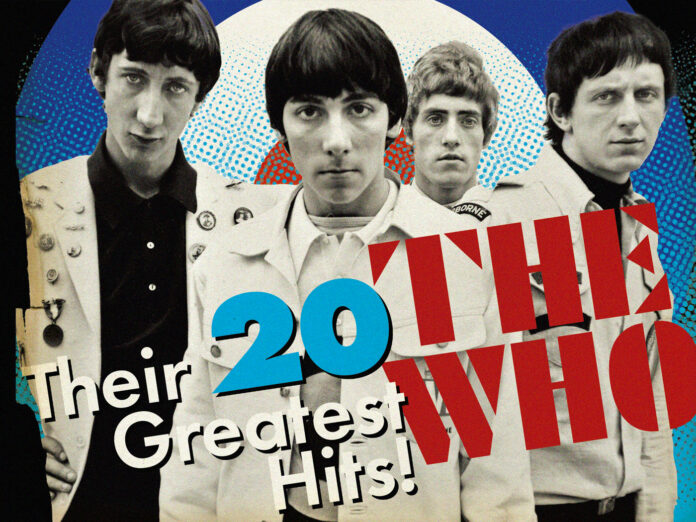Pictures Of Lily (Townshend)
Producer: Kit Lambert
B-side: Doctor Doctor (Entwistle)
Released: April 1967
Highest UK chart position: 4
Undisputed ‘most famous pop song about masturbation’ ever (bar The Vapors’ “Turning Japanese”, perhaps), “Pictures Of Lily” happily avoided censorship in the UK thanks to its agreeable, almost saccharine melody, shaken only by Moon’s occasional threat of suppressed, skin-shattering violence and Entwistle’s peculiar ‘elephant call’ horn intermission.
The eponymous ‘wet dream’ heroine was vaudeville star Lily Bayliss, whom Townshend had seen on a vintage 1920s postcard at his girlfriend’s flat (the reverse of which had been inscribed with the line “here’s another picture of Lily”). The saucy Victoriana theme was echoed in its press campaign of risqué nudes from the same era, one of which was later emblazoned upon the sides of Moon’s specially designed “British Exploding Drummer” kit.
A sizeable hit at home, though perfect for a time when UK pop was shifting towards a softer, psychedelic Arcadia (Pink Floyd, Sgt Pepper, Donovan), it seems The Who themselves saw “Lily” as little more than a euphemistic quick one off the wrist.
Daltrey: “When Kit and Pete came in and said this is the next single, yeah, straight away I saw the words and knew what it was about. So I deliberately thought I’d sing it the opposite way, with complete innocence. So instead of it being something suggestive, it tweaks it the other way and gives it a little bit more intrigue. But ‘Pictures Of Lily’ never sat well on stage for some reason.”
________________________
I Can See For Miles (Townshend)
Producer: Kit Lambert
B-side: Someone’s Coming (Entwistle)
Released: October 1967
Highest UK chart position: 10
As 1967’s Summer Of Love turned to winter, staunch mod figureheads like the Small Faces and The Kinks were already succumbing to psychedelia’s tranquilising odour (on “Itchycoo Park” and “Autumn Almanac” respectively). As a mind-altering pop headrush, “I Can See For Miles” was as close as The Who dared follow; hypnotic enough in its stinging single-note guitar sustain to pass as ‘trippy’ if still too intense to mask the inexorable rhythmic brutality.
The result, also included on their glorious The Who Sell Out LP, was nevertheless astounding. A brilliantly simple song (Townshend had kept it in reserve for over a year), “I Can See For Miles” excelled the sum of its parts courtesy of Kit Lambert’s power pop production: an H-bomb of a tune crash-landing through the airwaves from another galaxy.
Despite making the Top 10 here and in the US (their first sizeable hit there in the wake of that summer’s historic Monterey International Pop festival performance), its failure to reach No 1 left its composer indignant and disillusioned about the state of the singles market. As Townshend later said, “I spat on the British record buyer.”
Daltrey: “I think it’s one of the best-produced singles we ever did. We spent literally a whole day putting down layer and layer of harmonies on the ‘miles and miles’ section. I always loved that song and you listen to the drumming on it, it’s extraordinary – like a steam engine. That time, though, psychedelia, it was ⌦a bit too spongy for me. I found it pretentious and I didn’t like it – I couldn’t wait to get back to a good bit of Otis Redding. We did get into it in some ways but the difference between The Who and all these other bands getting into psychedelia was that, though we were all into the anti-war movement, every time we went on stage we were showing them what war was really like! At Monterey they’d come to hear all this peace and love music, not see us smash up our gear and blow things up. That’s what we did – woke them up a bit! That was all part of our success, though. The Who were the odd men out, totally different.”



